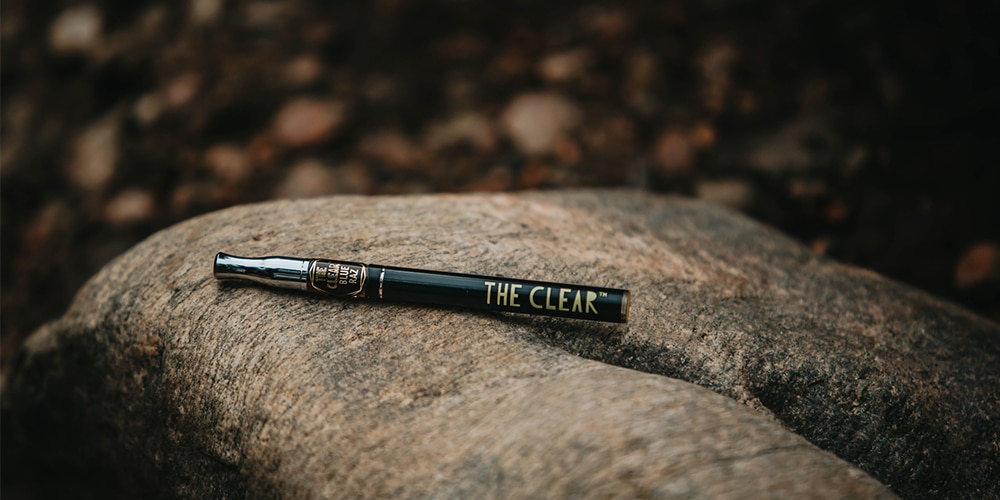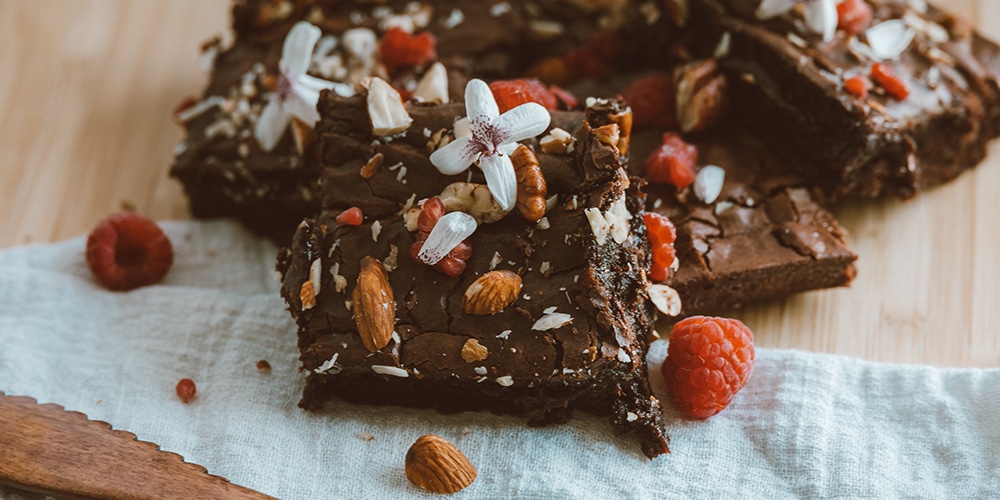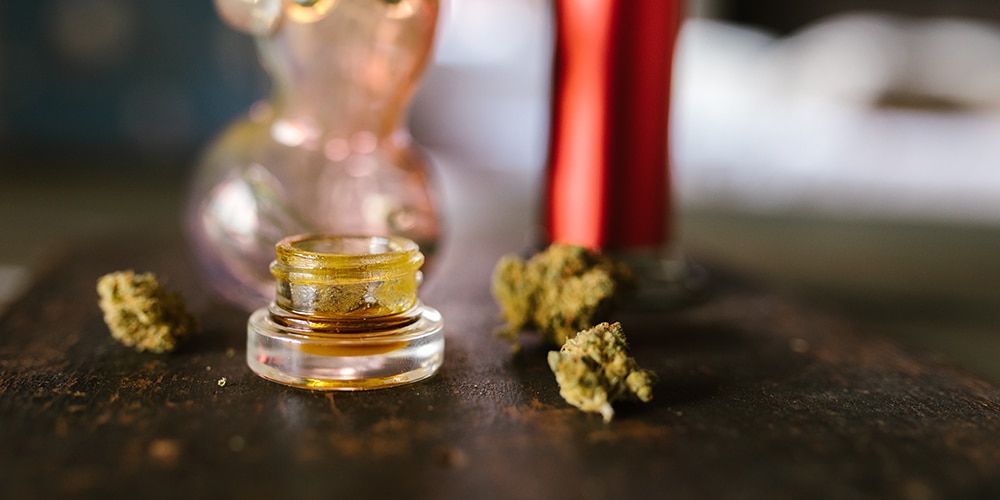Marijuana is the most widely used illicit drug in the United States, with over 52 million people reporting use in 2021. While often seen as socially acceptable, regular marijuana use can lead to serious health issues, including marijuana addiction.
The drug can create intense feelings of pleasure and euphoria, which can make it challenging for those struggling with addiction to stop using it.




